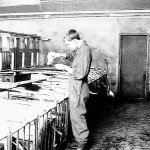Possibilities of different semen thinners in pig farming
Artificial insemination, meanwhile, is a long-known technique. Research into artificial insemination was first reported back in the 1400s. In the meantime, the principle has been regularly discussed in experiments on various animal species and even humans. Yet it took until the 1930s before a method was effectively developed that made the technique practical in pigs.

With that first technique, fertility results were still insufficient to effectively introduce the technique. Research in the 1970s led to more knowledge about the ovulation cycle of sows and the optimal insemination time. In the 1970s and 1980s, the technique was optimised and then slowly introduced into the livestock sector. Today, almost all sows are artificially inseminated.
Artificial insemination offers many advantages. First and foremost, there is still the reduction of disease pressure. In addition, it gives the possibility to fertilise more females with a single male animal. This lowers the cost of keeping male animals but also increases selection intensity. In cattle breeding, this is very well established and semen from top bulls is transported and used all over the world. In pig farming, this is not yet the case, and this is due to the storage method.
Because of the composition of the sperm membrane, freezing is not an option for porcine semen. Unlike in cattle, this means that worldwide distribution of the semen is practically much more difficult. Pig semen is preserved by diluting the semen with substances that increase longevity. The most commonly used diluents provide a storage life of about 5 days.
The aim of the project is to find out whether the use of certain thinners can increase semen longevity. If semen longevity can be increased, this would have a positive impact on the cost of fertilising sows that come into oestrus late. Even farms without a multi-week system could then easily use semen over 2 rounds.






